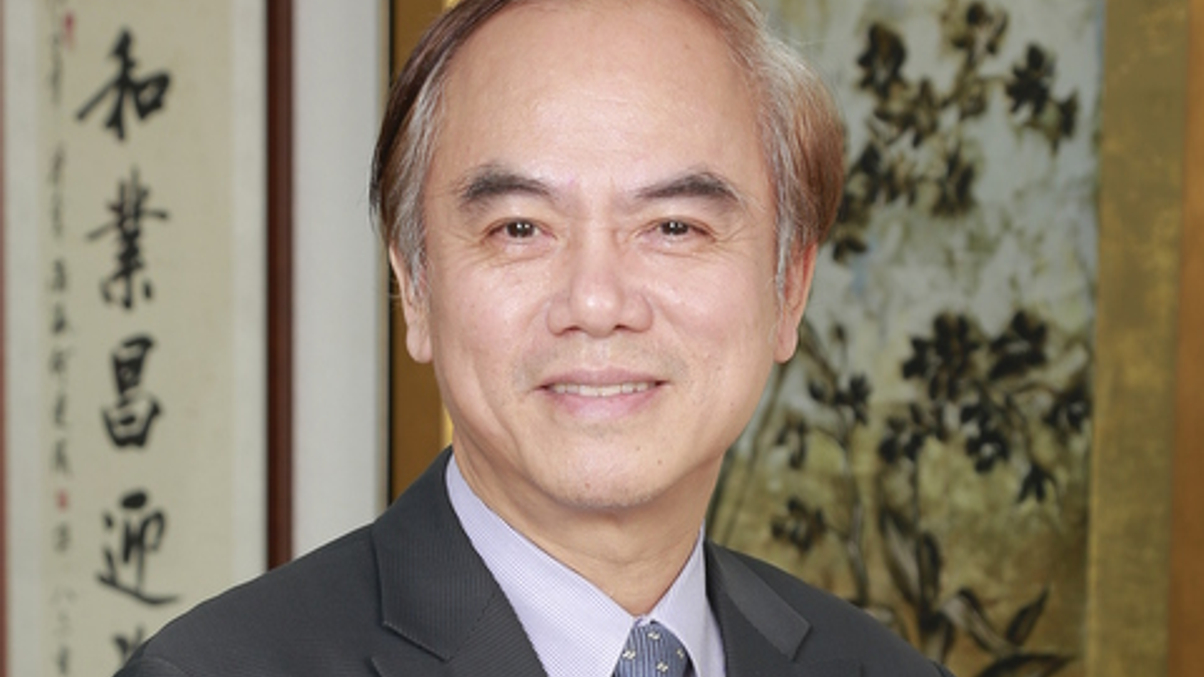Taiwan’s BLF to boost foreign exposure to 50%
The $88 billion Bureau of Labor Funds will increase its offshore allocation, largely by putting more into alternatives and equities, with a view to achieving a 4% return this year.

The Bureau of Labor Funds (BLF), which oversees Taiwan's public pension assets, will raise its overseas allocation this year to 50% from 42% as of the end of November. The move reflects the growing trend among Asian institutions towards greater international diversification of portfolios.
Sign in to read on!
Registered users get 2 free articles in 30 days.
Subscribers have full unlimited access to AsianInvestor
Not signed up? New users get 2 free articles per month, plus a 7-day unlimited free trial.
¬ Haymarket Media Limited. All rights reserved.


